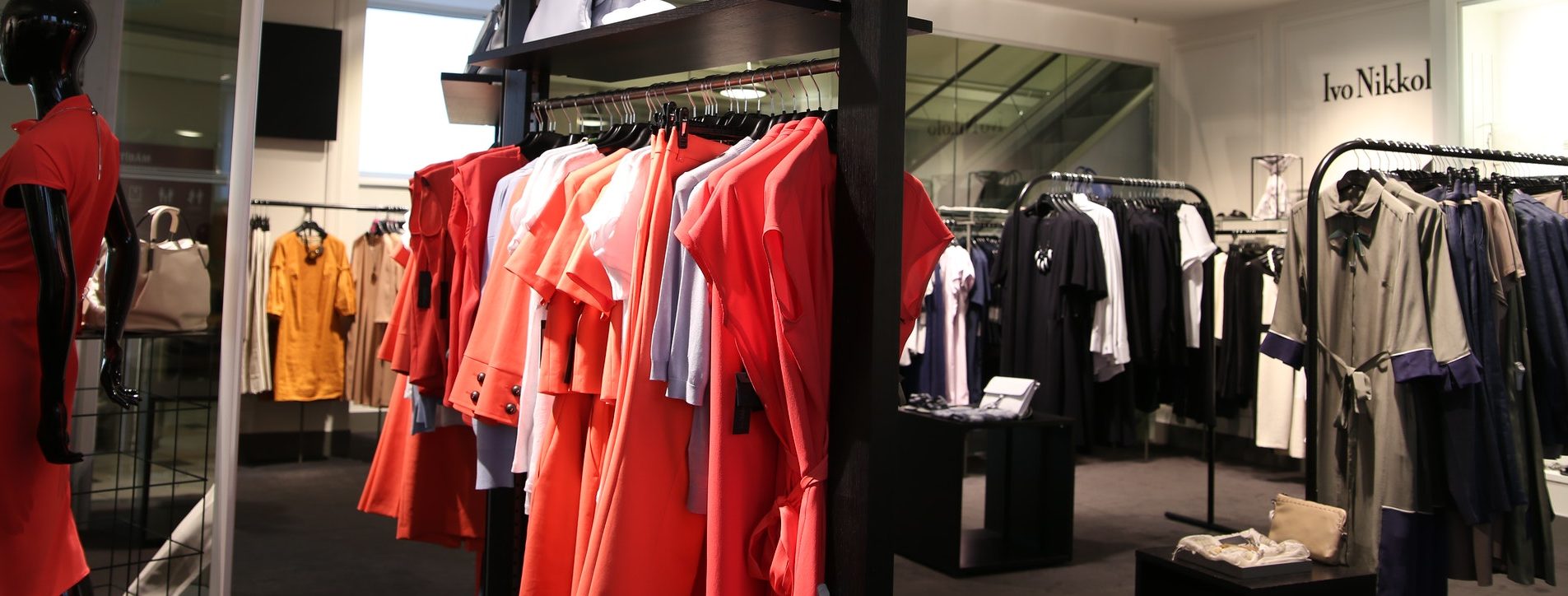
Retail peak season is on the way. It’s important you’re engaging with customers, creating meaningful customer experiences they’ll remember.
Peak season can be stressful when you’re looking to boost customer engagement in retail and achieve higher AOV. From preparing your storefronts (physical and digital) for the increase in traffic and finalising offers to ensuring accurate stock levels and optimising the order fulfilment process, there’s a lot to think about.
Another key area for boosting customer engagement in retail is the quality of the customer service and experience you can provide throughout this busy period.
Competitive prices and innovative products/services aren’t the only things customers are expecting. They also look for and value a great customer experience. So while a competitive price point and unique product features might attract customers, an excellent customer experience is what will help you retain them.
Here are some factors that contribute to a positive customer experience:
- Fast responses to queries
- Efficient resolution of queries/issues
- Personalisation (e.g. calling a customer by their first name, recommending products relevant to their needs or knowing their case details without being prompted)
- A user-friendly, intuitive experience
Can you see a recurring theme? Customers want an experience that caters to their individual needs. Not only do they want brands to anticipate their needs, but they also want to dictate the terms of the experience they receive.
For example, today’s consumers can consume a variety of media across a variety of channels. And they can access these channels via a variety of devices. Due to this wealth of options, they think nothing of jumping from channel to channel and device to device. Offer fewer choices and you might just disrupt their experience.
Your customers want the power of choice in their hands, whether that’s channel/device hopping or staying on the same channel as they move through the buying journey. This is something that was covered in our webinar about changing consumer behaviours and how businesses can prepare for peak season.
Tom Rahder (Chief Product & Marketing Officer at Esendex) said: “If you engage with a customer on a mobile channel, they expect the same lifecycle to continue on that same channel.
“Customers don’t want to have a timely, relevant, marketing experience over SMS [with your brand] and then have to move offline when they require assistance. They want to stay within that channel or move to a channel of their choice when necessary.”
Customer engagement in retail: what makes a great multichannel experience?

Multichannel isn’t just about offering as many channels as possible.
It’s about being present on the channels your customers are most likely going to be found in and adjusting the content to the channel.
“You should tailor your content and marketing strategy, depending on the channel,” Tom advised in the webinar. “We have several food retail customers and they find that Friday afternoon to evening is a great time for them to send out communications. So, that’s when their mobile campaign promotions happen.
“In the morning, comms come through to the desktop because that’s where the majority of their consumers might be during that time.”
It’s about two things – gaining a deep understanding of your customers and your communication channel.
Know your customers
Who are your customers? What do they do? What do they like? Where are they likely to be at certain times of the day? This insight can help you tailor your campaigns to different groups of customers, grabbing their attention even during busy retail periods.
Know your communication channel
Different channels work for different purposes, depending on their features.
For instance, SMS is beautifully simple. In fatc, it is available on every mobile phone – there’s no need to download a separate app to receive a text message, it promotes a wide reach and is ideal for essential messages. On the other hand, sometimes something a little more visual and engaging is required, that’s where SMS landing pages come in. Retailers can includes images, offer codes, call-to-action buttons and much more to increase customer engagement.
Then, we have WhatsApp, the world’s most popular messaging app and people like it for its rich user experience. Thanks to its conversational, two-way nature, interactions between a business and a customer feel like a chat between friends. Take advantage of this and WhatsApp Business Platform’s rich featureset to deliver an interactive, memorable messaging experience.
And of course, there’s the ever-reliable email. One downside to email is its popularity – particularly during a busy sales period, you may find your emails getting lost in the crowd. Use a great email platform to A/B test different subject lines, include personalisation, design eye-catching email templates and more.
The importance of continuously engaging with customers throughout their buying journey
During peak season, it can be easy for businesses to focus more on gaining new customers than retaining them. According to Tom, the challenge is “how to build up a good prospect universe – a well-curated, opted-in prospect list”.
He said: “It’s not just about the sale in the moment but rather, the engagement and relationship building.”
So in addition to attracting new customers, consider how you can bring inactive subscribers back. After all, it can cost up to five times more to attract a new customer than it does to convert an existing one.
Here are some ways you can re-engage with inactive customers and boost customer engagement in retail (once you have defined what you deem as ‘inactive’ and have segmented your contact lists accordingly):
- Exclusive discount code
- ‘Suggested for you’ edits based on previous purchases/browsing behaviour
- Cart/product abandonment prompts
- Exclusive offers
You can also prevent customers from falling into the inactive pile in the first place by continuing to engage with them after purchase too. For instance, send them content and offers related to their recent purchase. Let’s say they bought a pair of leather boots. You could follow up with:
- Articles to help them take care of their new boots
- How other customers styled their boots
- Product recommendations – ‘these boots look great with…’
The customer’s journey with your business doesn’t stop after they’ve purchased something. Nor does it stop when they’re no longer a customer. It’s important to continue to nurture them – at the appropriate times, of course.
How to survive and boost customer engagement in retail during peak season

From Black Friday and Cyber Monday to Christmas, peak season is often hectic. While activities like finalising offers/promotions and preparing for the increase in traffic are key, you should also prioritise customer engagement and experience. While some people might buy once from your brand and never again, many are likely to come back, depending on the quality of experience they received.
And with research suggesting that increasing your customer retention rate by just 5% can increase profits by 25-95%, this is something you shouldn’t ignore when preparing for peak season.
To discover more tips on how to thrive during peak retail season, download our ultimate guide below.



